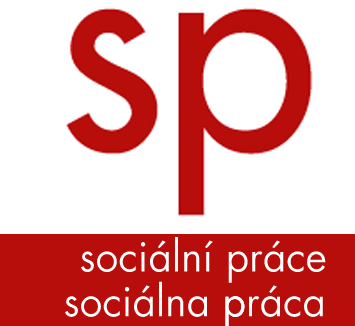Marija Wazi
Medailon autorů:
Marija Wazi is a student of the doctoral study programme of Social Work at the Faculty ofSocial Studies at Masaryk University. In her thesis and research, she focuses on disadvantaged youth, a self-development method and the international dimension of social work. Currently she is also working with young people at the international level and running two non-governmental organisations focusing on self-development methods.
Anotace:
OBJECTIVES: European societies are undergoing significant changes within postmodernity, when young people and particularly those with disadvantages face new challenges connected to embracing their identity, making choices among countless possibilities, and assessing and dealing with an increased amount of risks. While these challenges are becoming widely discussed among academics and practitioners in the field of youth work, deeper consideration and application of methods such as self-development that have emerged from postmodern aspects and might answer the needs of youth today, is lacking. The purpose of this paper is to present self-development as a method used within social work and to discuss its possible implications. THEORETICAL BASE: Self-development is examined from the perspective of postmodern shifts and within the concept of disadvantage. METHODS: By using content analysis this text reveals the benefits that a self-development approach can offer to social work, as well as potential risks of grasping it in inappropriate way. The application of this method is demonstrated on a self-development, Basic Synergy training run with a target group of disadvantaged young people in Europe. OUTCOMES: Self-development is presented as a solution in practice with disadvantaged young people. SOCIAL WORK IMPLICATIONS: Youth workers are offered an alternative method to explore and consider use in practice.
Klíčová slova:
self-development, social work, youth, disadvantage, postmodernity
s. 36–52






